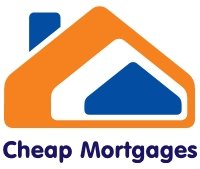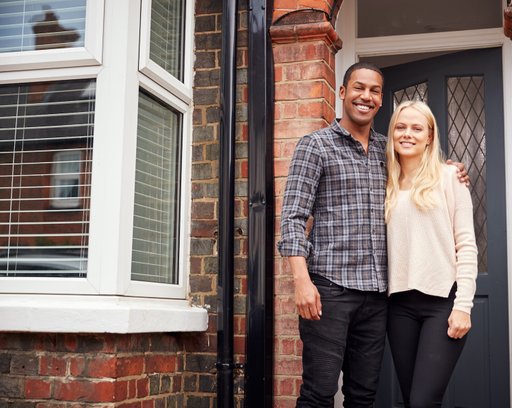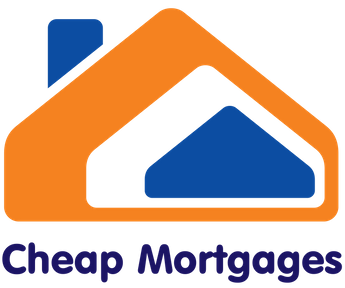Address
The Bloc, Springfield Way,
Anlaby, Hull HU10 6RJ
Telephone
BUY TO LET MORTGAGE SPECIALISTS
All Mortgage Sizes Considered
Buy-to-let mortgages explained
Buy-to-let (BTL) mortgages are for landlords who want to buy property to rent it out. The rules around buy-to-let mortgages are similar to those around regular mortgages, but there are some key differences. Read on for more information about how they work, how to get one and what mistakes to avoid.
1
Who can get a buy-to-let mortgage?
You can get a buy-to-let mortgage under the following circumstances:
- You want to invest in houses or flats.
- You can afford to take and understand the risks of investing in property.
- You already own your own home, whether outright or with an outstanding mortgage.
- You have a good credit record and aren’t stretched too much on your other borrowings, for example, credit cards.
- Nowadays, you do not necessarily need a minimum income.
- Maximum age restrictions can apply.
2
How do buy-to-let mortgages work?
Buy-to-let mortgages are a lot like ordinary mortgages, but with some key differences:
- The fees tend to be higher.
- Interest rates on buy-to-let mortgages are usually higher.
- The minimum deposit for a buy-to-let mortgage is usually 25% of the property’s value (although it can vary between 20-40%).
- Most BTL mortgages are interest-only. This means you pay the interest each month, but not the capital amount. At the end of the mortgage term, you repay the original loan in full. BTL mortgages are also available on a repayment basis.
- Most BTL mortgage lending is not regulated by the Financial Conduct Authority (FCA). There are exceptions, for example, if you wish to let the property to a close family member (e.g. spouse, civil partner, child, grandparent, parent or sibling). These are often referred to as a consumer buy to let mortgages and are assessed according to the same strict affordability rules as a residential mortgage.
Advising, arranging, lending and administering BTL mortgages for consumers is covered under the same laws as residential mortgages and is regulated by the Financial Conduct Authority (FCA)
3
How much you can you borrow for buy-to-let mortgages
The maximum you can borrow is linked to the amount of rental income you expect to receive, not your earnings.
Lenders typically need the rental income to be 25–30% higher than your mortgage payment.
To find out what your rent might be, talk to local letting agents, or check the local press and online to find out how much similar properties are rented for.
4
Where to get a buy-to-let mortgage
It’s a good idea to talk to us before you consider a buy-to-let mortgage, we can help you choose the most suitable deal for you.
5
Plan for times when there’s no rent coming in
Don’t assume your property will always have tenants.
There will almost certainly be ‘voids’ when the property is unoccupied or rent isn’t paid and you’ll need to have a financial ‘cushion’ to meet your mortgage payments.
When you do have rent coming in, use some of it to top up your savings account.
You might also need savings for major repair bills. For example, the boiler might break down, or there might be a blocked drain
6
Buy-to-let and tax
Capital Gains Tax
If you’re a basic rate tax payer, CGT on buy to let second property’s is charged at 18% and if you’re a higher or additional rate tax payer it’s charged at 28%. With other assets, the basic-rate of CGT is 10%, and the higher-rate is 20%.
If you sell your buy-to-let property for profit, you will usually pay CGT if your gain is higher than the annual threshold of £12,000 (for the 2019/20 tax year). Couples who jointly own assets can combine this allowance, potentially allowing a gain of £24,000 (2019/20) to be made in the current tax year.
You can reduce your CGT bill by offsetting costs like Stamp Duty, Solicitor and Estate agent fees or losses made on a sale of a buy to let property in a previous tax year by deducting these from any capital gain.
Any gain from the sale of your property, should be declared on your Self Assessment tax return for that tax year and will be included when working out your tax status for the year which push you into a higher bracket.
Income Tax
The oncome you receive as rent is liable for income tax. This should be declared on your Self Assessment tax return for the tax year it was earned in.
This might be taxed at 20%, 40% or 45%, depending on your income tax band.
You can offset your rental income against certain allowable expenses, for example, letting agent fees, property maintenance and Council Tax.
Mortgage Interest Tax Relief
The rules around mortgage interest tax relief are changing. This will mean relief for finance costs on residential properties will be restricted to the basic rate of Income Tax.
Finance costs includes mortgage interest, interest on loans to buy furnishings and fees incurred when taking out or repaying mortgages or loans. No relief is available for capital repayments of a mortgage or loan.
Previously, you were able to deduct all of this interest on your mortgage from your rental income before tax was paid.
The amount of your interest payments you’re able to deduct is being reduced by 25% a year until 2020 and being replaced by a 20% tax credit for the entire amount.
7
Buy-to-let Summary
Best plan of action, is to talk over your needs with us. Whether you are an experienced landlord, or just want to start building your property portfolio. Call us to discuss your requirements, and we will help you along the path to successful property investment.
For free, helpful and trusted advice on Buy to Let mortgages, get in touch with us today.
01482 363546



